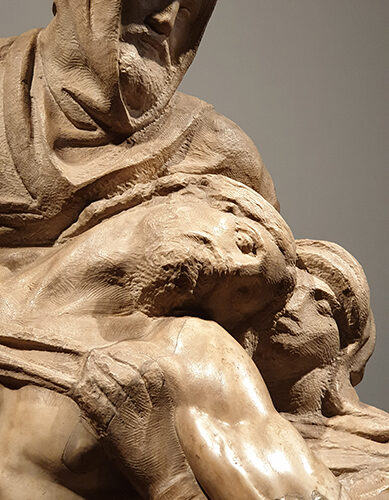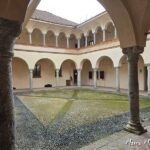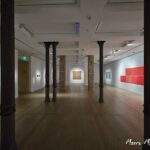A Stone and Marble Sanctuary: Encountering Bandini's Pietà
On an artistic pilgrimage through Florence’s Renaissance cradle, I found solace on an unexpectedly chilly May day – so cold that I was compelled to buy a scarf – within the cultural haven of the Museo dell’Opera del Duomo. Ah, what a delightful captivity! A healthy exercise for the soul and heart, this museum confinement allows for an inner wandering, a contemplation detached from the frantic rhythms of everyday life.
Countless treasures occupy these halls, from renowned art monuments to hidden gems that reveal themselves only to the observant and inquisitive eye. Here, where time seems to mold itself around art, one can equally appreciate both masterpieces and more reserved works, contemplating them with equal dignity.
I share this introspective digression not to digress, but to set the stage for the ecstatic encounter I had with Michelangelo’s almost final sculptural creation, the Pietà Bandini. It’s an attempt – albeit vain – to replicate the sanctity of the moment I crossed the threshold to this colossal, incomplete work.
Even amidst aesthetic awe – a feeling that fortunately still clings to me – I was utterly lost before this Pietà. A work that, with its mere presence, erased everything I had seen before, claiming absolute centrality in my day’s artistic experience.
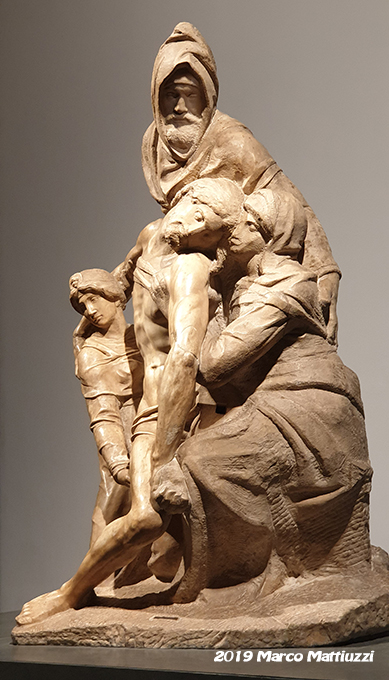
Between the Sacred and the Profane: The Context and Genesis of the Work
Begun around 1546-1547 for a Roman church intended to be his tomb, the work was mutilated in 1555 by Michelangelo himself and later restored by his student Tiberio Calcagni. The figure of Mary Magdalene, unfortunately disproportionate and of lesser quality, was his addition. The work was later acquired by Francesco Bandini and then passed to Cosimo III de’ Medici, eventually finding its permanent home in the Museo dell’Opera del Duomo in 1933.
Michelangelo, in his almost ascetic act of creation, chose a block of marble previously discarded, known for its imperfections and a hardness that sparkled under the chisel’s incision. It’s a detail that recalls his contentious relationship with the material, the divine, and himself.
The work’s aura is heavily influenced by the religious climate of the Council of Trent years. Here, Christ’s body is rendered with evident gravity, an unusual physicality, while the effigy of Nicodemus – a self-portrait of the sculptor – visibly strains to support him.
The seraphic faces of the figures hint at an acceptance of mortal fate, but it’s the tension of the bodies, the dramatic interaction of forms, that makes the narrative pulsate. Almost as if time, the unyielding and merciless time, slips away from any attempt to halt it.
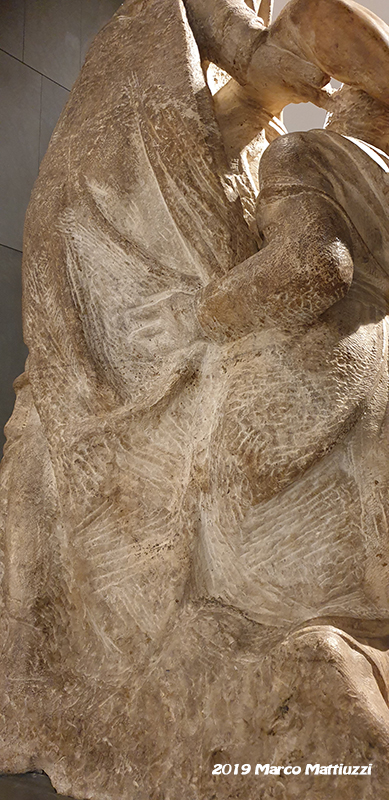
An Imperfect Marble, An Eternal Vision
In this autumnal phase of Michelangelo’s life, around 75 years of age – a then rare lifespan – the imminent sense of mortality undoubtedly influenced his art. Giorgio Vasari, the indispensable chronicler of those times, provides us with a triad of reasons why Michelangelo might have destroyed part of the work: the refractory nature of the marble, his eternal pursuit of perfection, and the oppressive urgency of a servant.
To encircle this work, to nearly touch with one’s gaze the visible marks of the chisel, to linger on the pained face of Nicodemus/Michelangelo, to perceive the physical anguish that animates this Pietà is an experience beyond price. It’s almost as if one can still hear the echo of the chisel’s percussion on that obstinate marble, in harmony with Michelangelo’s labored breath, in his sublime attempt to liberate the human and divine trapped within the rock.

